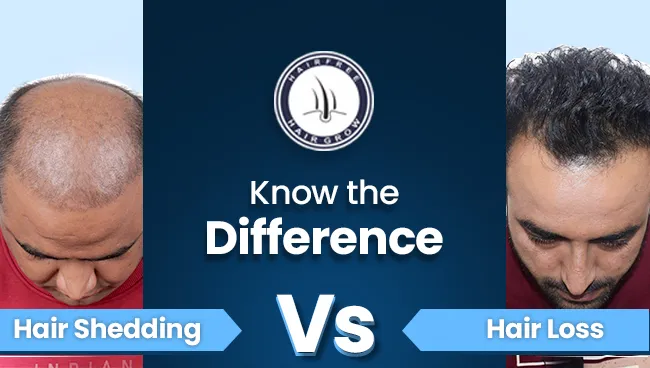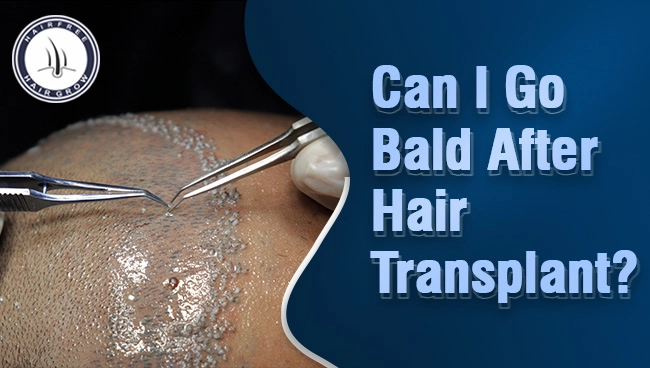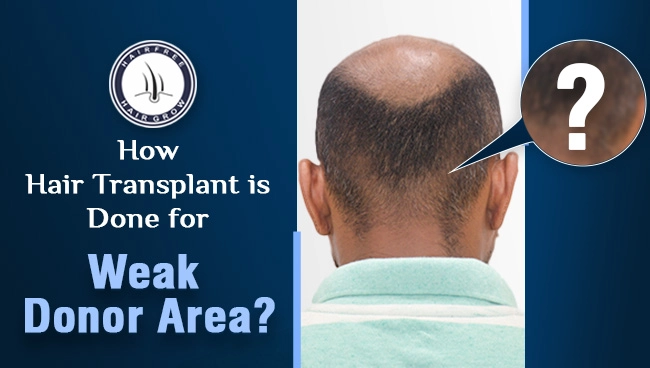Hair transplants seem like a miracle solution for hair loss, but they’re not as simple as most people think. There’s a lot that can go wrong if you’re not careful. Let’s break down the seven most common reasons why hair transplants fail.
Why Do Hair Transplants Fail?
1. Picking the Wrong Patient
Not everyone is a good candidate for a hair transplant. Some people have underlying conditions that make transplants risky or ineffective:
- Active scarring alopecia (a type of hair loss that causes inflammation)
- Active alopecia areata (patchy hair loss that can be unpredictable)
- Uncontrolled medical conditions like diabetes or thyroid problems
- Patients who can’t or won’t follow post-op instructions
- People with unrealistic expectations
It’s crucial to have a thorough consultation and be honest about your medical history before deciding on a transplant.
2. Lack of Hair Stability
You need a stable foundation to build on. If your hair is still falling out rapidly, it’s not the right time for a transplant. Doctors usually want to see at least 6 months of stable hair before proceeding. Otherwise, you might end up worse off than when you started.
Remember, a hair transplant is a form of controlled trauma to your scalp. It can actually speed up hair loss in unstable areas. That’s why it’s important to stabilize your existing hair with medical treatments before considering surgery.
3. Poor Hairline Design
Creating a natural-looking hairline is an art. Some common mistakes include:
- Placing the hairline too low or too high
- Creating an unnatural shape
- Ignoring the temples
- Not considering facial features
A good surgeon needs an artist’s eye to create a hairline that looks natural and frames your face properly. It’s not something that can be taught easily – it takes vision and experience.
4. Overharvesting
Taking too many grafts from the donor area (usually the back of your head) can cause problems:
- Shock loss in the donor area (temporary or permanent)
- Worse scarring
- Harvesting hairs that aren’t resistant to balding
Overharvesting can limit your options for future procedures and potentially leave you with visible scars or a thin-looking donor area.
5. Overgrafting
Believe it or not, you can transplant too many hairs into one area. Your scalp has a limited blood supply, and each transplanted follicle needs to connect to that supply. Overgrafting can lead to:
- Poor graft survival
- Tissue death (necrosis) in extreme cases
- Shock loss of existing hair in the transplanted area
It’s all about finding the right balance for natural-looking, healthy results.
6. Low Density
Sometimes, the final result just looks too thin. This can happen because:
- Not enough grafts were transplanted
- Poor survival of transplanted grafts
- Improper handling of grafts during surgery
- Poor post-operative care
Getting the right density requires careful planning, gentle handling of the grafts, and proper aftercare.
7. Unnatural Look
Even if the transplant “works,” it can still look obvious if not done properly. Some reasons for an unnatural appearance include:
- Using grafts that are too large at the hairline
- Incorrect angle of transplanted hairs
- Mismatched direction of hair growth
- Inconsistent density
- Too much regularity in graft placement
- Improper depth of graft placement (leading to pitting)
Creating a natural look requires attention to detail and an understanding of how hair naturally grows.
Choosing the Right Clinic
So, how do you avoid these pitfalls? Here’s what to look for in a hair transplant clinic:
- An expert team (not just the lead surgeon)
- A focus on natural-looking results
- Artistic vision and ability to customize your look
- Honesty and straightforwardness (no hard sells or unrealistic promises)
- A track record of quality results
A hair transplant is a major, mostly irreversible decision. It’s worth taking the time to find the right clinic, even if it’s not the cheapest option. Your future self will thank you for investing in quality and peace of mind.
By understanding these common pitfalls, you can make a more informed decision about hair transplant surgery and increase your chances of getting the results you want.
Conclusion
Schedule a consultation and take the first step towards restoring both your hair and confidence with our top-tier hair transplant services.
Written By
MD (Skin & VD)
Dr. Santpal Sangwan is a hair restoration expert specializing in Why Hair Transplants Fail. With extensive experience, he identifies causes of failed procedures and offers effective solutions, ensuring patients achieve successful, natural-looking results through personalized care and advanced techniques.
Disclaimer
We’ve made all possible efforts to ensure that the information provided here is accurate, up-to-date and complete, however, it should not be treated as a substitute for professional medical advice, diagnosis or treatment. See Detailed Disclaimers Here.













